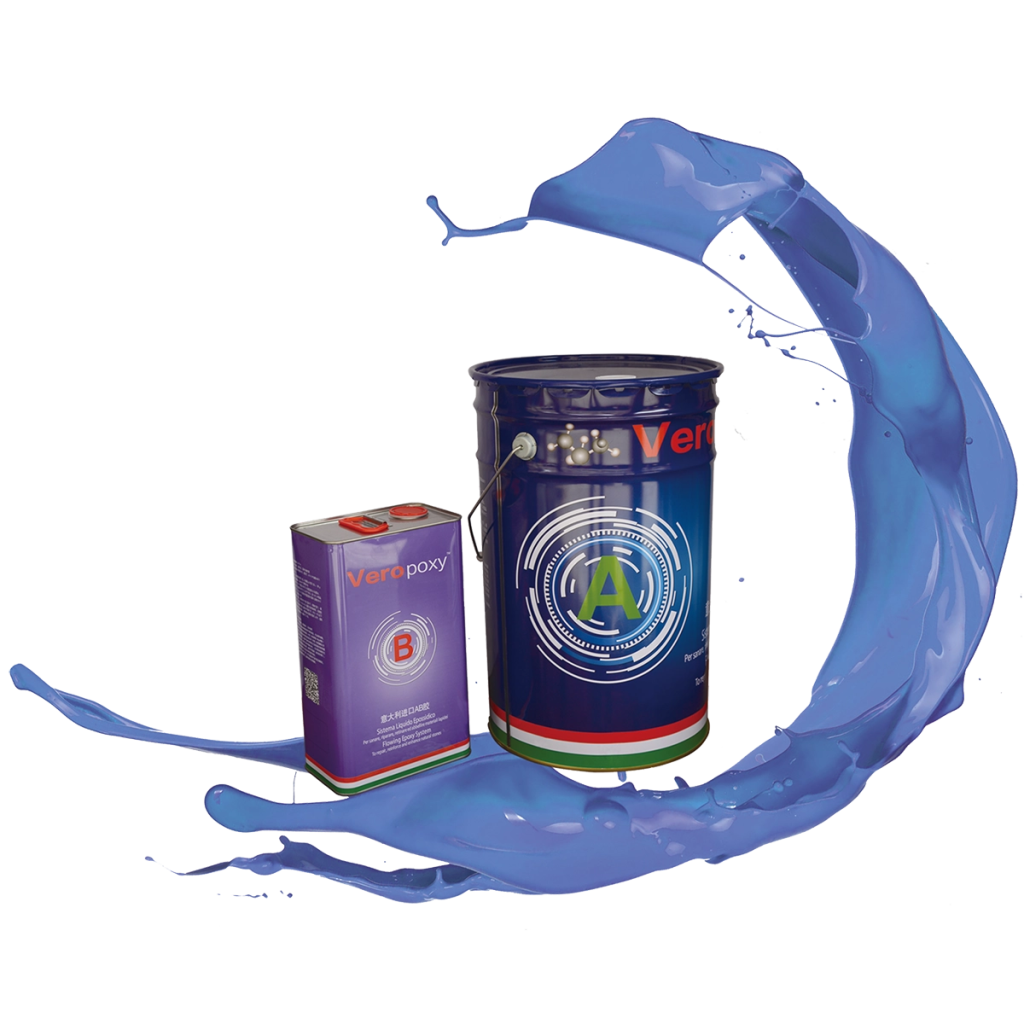Epoxy resin can work wonders on stone surfaces, creating a durable and visually striking finish. But what about marble—a delicate, upscale stone with a beauty that has enthralled us for millennia? Indeed, epoxy can be used on marble; but, doing so calls for particular preparation and techniques. Marble is sensitive to some treatments yet is renowned for its special elegance. Although epoxy applied to marble can improve its durability and increase its resistance to daily wear and tear, the best results depend on knowledge of the process. Let’s investigate how epoxy resin might look on marble, what to expect, and the processes needed to create it looking gorgeous and long-lasting.

Epoxy Resin
Why Use Epoxy on Marble?
Marble, while luxurious and beautiful, is a porous stone that can be prone to staining, scratching, and general wear over time. Applied correctly, epoxy can function as a protective layer that preserves marble’s look and provides resistance against damage. Epoxy also provides a high-gloss finish that might accentuate marble’s inherent patterns and colors. Using epoxy on marble surfaces can help homes and companies extend the life of the stone, so providing a useful but elegant solution.
However, marble’s unique properties mean it’s essential to approach the epoxy application carefully. Marble requires particular care because of its natural porosity and chemical composition, particularly when getting the surface ready for epoxy.
The Process of Applying Epoxy Resin to Marble
Working with marble and epoxy, preparation is everything. Start by carefully washing the marble surface, getting rid of any dust, grease, or grime. Before starting any epoxy application, Marble needs to be absolutely dry and clean to guarantee correct adhesion.
Marble’s natural smoothness gives epoxy resin little “hold on” value. Little grooves in the stone created by light sanding the surface help the epoxy bond properly. For floor or high-use surfaces especially, sanding guarantees that the epoxy will be long-lasting and durable. Usually best is a fine-grit sandpaper since it’s mild enough to not damage the marble while yet sufficiently roughing the surface for bonding.
Using a bonding primer on marble helps the epoxy adhere even more. Apply a thin layer of primer to guarantee even coverage once you have sanded. Let it dry totally; usually, this takes 24 hours. This stage is crucial since the naturally smooth texture and porosity of marble can otherwise restrict the capacity of the epoxy to bind tightly.
Applying the epoxy resin is best done once the primer has dried. Pour the epoxy resin steadily and evenly for a flawless, premium finish. Working quickly but deliberately to prevent bubbles, spread the epoxy over the surface of the marble using a foam roller or brush. Multiple layers might be required for longevity whether epoxy is used for a floor or countertop. Let every layer dry totally before adding the next.
Drying and curing: Although epoxy might feel dry to the touch in a few hours, it is advisable to let it cure for at least 72 hours before heavy use. Especially marble surfaces gain from a complete curing period to guarantee the long-lasting strength and adhesion of the epoxy. Keeping the surface free from dust or pollutants is absolutely essential during this period since these might compromise the epoxy finish.
Benefits of Using Epoxy on Marble
Enhanced Durability: Epoxy provides an extra layer of protection against chips, scratches, and general wear, which can keep marble looking pristine for years.
Marble is prone to staining from liquids, particularly acids. Epoxy is perfect for bathrooms and kitchens since it provides a barrier reducing staining chances.
Epoxy creates a shiny, reflective surface that accentuates the colors and veining patterns of marble, so accentuating its inherent beauty.
Epoxy-coated marble is easy to clean since the smooth, sealed surface stops dirt and grime from getting ingrained in the stone.
Challenges and Considerations When Applying Epoxy to Marble
Yellowing Over Time: Under sunlight over time some epoxies might yellow. For light-colored marbles especially, this is quite pertinent. One can help reduce this effect by selecting a premium, UV-resistant epoxy resin.
Reversibility: Epoxy is applied permanently. It’s difficult to undo either if you choose to remove it or if it is not applied correctly. Following thorough guidelines or working with a professional will help to avoid errors.
Thermal Sensitivity: Marble is already sensitive to high temperatures, and adding epoxy doesn’t necessarily improve this. Epoxy can tolerate some heat, but under direct heat it may warp or discolor. If epoxy-treated marble is used for kitchen counters, trivets or coasters are advised.
Cost: Epoxy is an investment even if it can preserve marble. Budget for quality materials and maybe professional help between the primer, sanding, and several epoxy coats to guarantee the best outcome.

Epoxy Resin
Epoxy resin applied on marble surfaces can improve the beauty, strength, and usefulness of this opulent stone. All the difference is in preparation and application; this guarantees that the epoxy bonds tightly with the marble and produces a premium, strong finish. Although there are some issues, such possible yellowing or cost, the protective qualities and pleasing appearance of an epoxy finish usually exceed these ones. Epoxy can change and guard marble surfaces by knowing and appreciating their special qualities, so producing a finish that is both aesthetically pleasing and useful for years to come.
Post time: 11 月-12-2024

